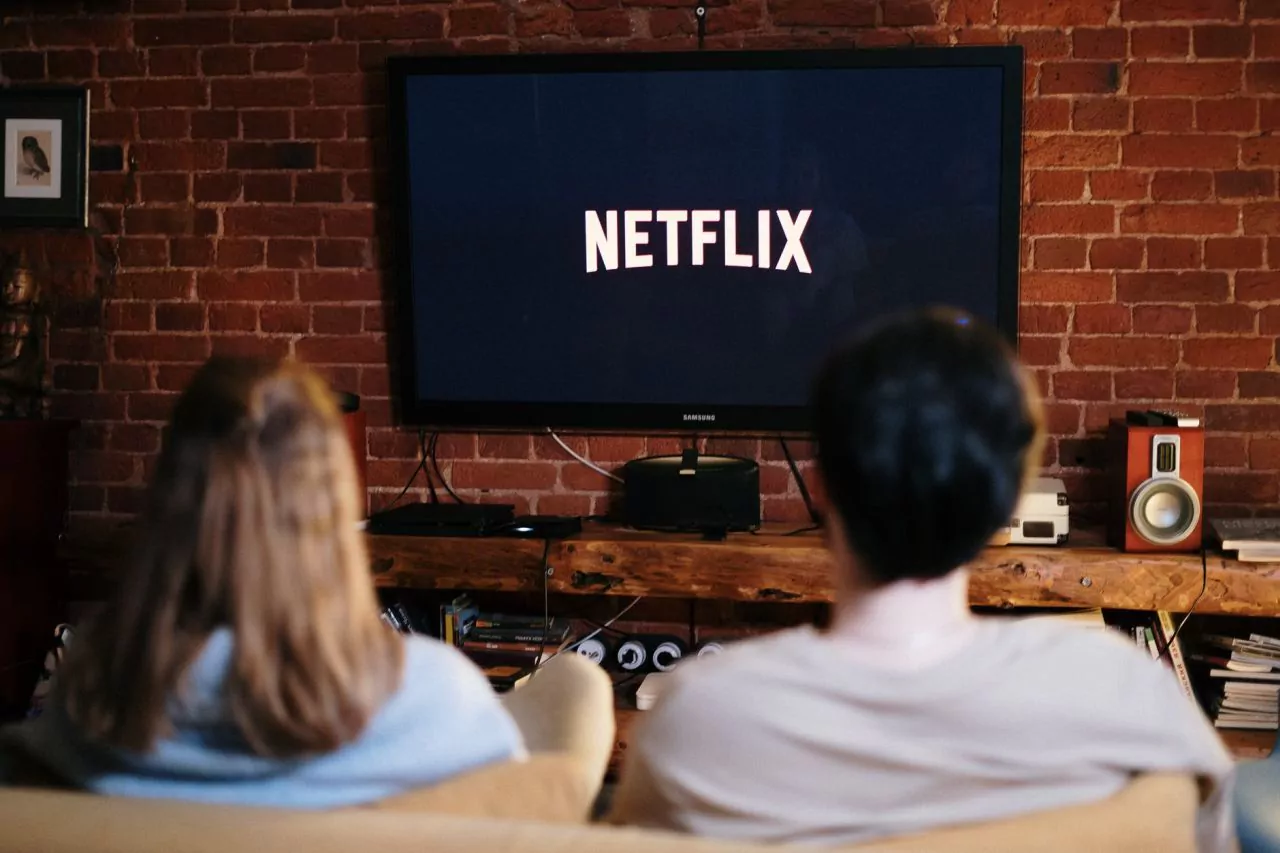A quiet evening at home with takeout and a movie on Netflix is a normal picture for many of us, but “transient inflation” is hitting this cheaper form of entertainment as well. From movies and entertainment programs to food ingredients to the fuel needed for delivery to the wages of those working to prepare your order, prices are rising and the pandemic complicates things even more.
Urmărește mai jos producțiile video ale Economedia:
- articolul continuă mai jos -
It’s a global trend, says eToro analyst Bogdan Maioreanu. US inflation rose to 5.4% in September. All food products rose in price, with the biggest increase in meat, poultry, fish, and eggs up 10.5%, while the price of beef rose 17.6% over the year. The smallest increase was in dairy and dairy-related products, where prices rose by just 0.6% over the past 12 months. Also in the last 12 months, the price of food consumed away from home has increased by 4.7%.
But the recent rise in prices is fuelled not only by commodities but also by labor shortages and rising wages. The US labor market is showing its inability to get people back to work after the pandemic, with 5 million people still missing from the labor market if we look at 2019.
Rich Allison, CEO of Domino’s Pizza, believes that as his company has emerged from the pandemic-generated crisis, “it has faced increasing staffing challenges across the country, which has led to reduced hours of operation and service delivery issues in a number of stores across the network.” Domino’s (DPZ) missed its U.S. sales targets in the third quarter, realizing a 1.9% decline versus the 1.7% growth the market had expected. This ends an impressive 41 quarters of sales growth in the US. But comparable sales are up 15.6% from 2019, showing that it’s hard to beat a pandemic year in which consumer behavior, forced to stay home, has changed. Net income rose 21.5% for Domino’s (DPZ) in the third quarter. The increase was driven mainly by higher operating income, resulting from higher revenue from global franchises, including those in Europe.
In Romania, according to the National Institute of Statistics (INS), on average, food prices rose 4.26% year-on-year in September 2021. Unemployment rose slowly to 5.2% in August from 5% in June, a 12-month low, but we had a steep drop in labor force participation from 69.5% of the population in September 2020 to 66.3% in July this year. This is a trend we have also seen in the US and has the potential to negatively impact economic growth.
Concerns about rising food prices are also being seen in the UK, which is facing an acute shortage of truckers, butchers, and warehouse and farm workers due to the pandemic and Brexit. “The days of being able to feed a family of four with a £3 (18 lei) chicken are coming to an end,” said Ranjit Singh Boparan, owner of 2 Sisters Group, which produces a third of the chicken consumed in the UK. He noted that in relative terms, chicken is cheaper today than it was 20 years ago, but this will end because of labor shortages. “Less labor means less choice, less choice, empty shelves, and wage inflation, and that’s not going to change,” he said. “At this point, I have to be honest about what this means for the consumer because inflation could reach double digits.” The 2 Sisters company sells poultry, pizza, and pies, processes 10.4 million birds a week, and owns more than 700 farms.
Well, it looks like rising food prices are a global event we’ll be dealing with for a while longer. But what about Netflix (NFLX)? There are analysts who predict that slowly, as content grows, so will subscription prices. We’ve already seen this $1 increase earlier this year in the US, last quarter in Brazil, and yesterday in Singapore. And Netflix doesn’t usually raise prices in one geographic area.
Last quarter, Netflix added a net of 4.38 million subscribers globally – more than analyst expectations of 3.5 million. That total is up from 2.2 million a year ago. The firm also met analysts’ revenue expectations. Netflix said its performance was boosted by the Korean-language series Squid Game, which drew 142 million households in the first four weeks of its Sept. 17 launch, and new content is plentiful. “We have so much more content coming in the fourth quarter of 2021 than we’ve ever had, and we’re going to have to navigate our way through it while also hoping for a great next year,” Netflix co-CEO Reed Hastings said, sounding a little worried about pandemonium. According to Nielsen, in the broader TV and streaming market, Netflix dominates the US streaming sector with 6% total market share, along with YouTube (GOOG) with the same 6%, Hulu 3%, Amazon Prime (AMZN) 2%, and Disney + 1%. In Romania, the only international streaming services present is Netflix, Youtube, and Amazon Prime Video.

 Sursa foto: Pexels
Sursa foto: Pexels





























